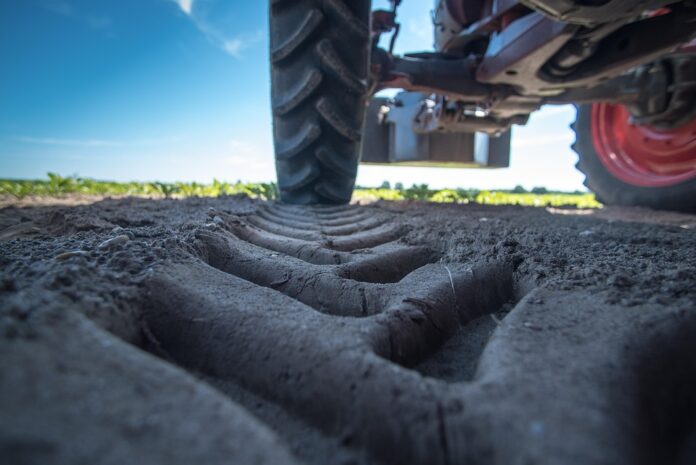Introduction
Tractor financing, leasing, and ownership models play a vital role in the agriculture industry, enabling farmers and businesses to acquire the necessary equipment to enhance productivity and efficiency. In this report, we will explore the various options available for financing tractors, the benefits and drawbacks of leasing versus ownership, and industry insights into current trends and practices.
Financing Tractors
1. Traditional Bank Loans
One common method of financing a tractor is through a traditional bank loan. This involves borrowing a set amount of money from a bank or financial institution to purchase the tractor outright. The borrower then repays the loan over a specified period of time, typically with interest. Bank loans offer the advantage of ownership from the start, allowing the borrower to build equity in the asset.
2. Manufacturer Financing
Many tractor manufacturers offer financing options to customers looking to purchase their equipment. These financing programs may come with competitive interest rates and flexible repayment terms. Manufacturer financing can be a convenient option for those looking to streamline the purchase process by combining the equipment and financing into one transaction.
3. Equipment Leasing
Equipment leasing is another popular method of acquiring a tractor without the need for a large upfront investment. In a lease agreement, the lessee (the farmer or business) pays a monthly fee to use the tractor for a set period of time. At the end of the lease term, the lessee may have the option to purchase the tractor at a predetermined price. Leasing offers flexibility and may be a more cost-effective option for those who prefer to upgrade their equipment frequently.
Leasing vs. Ownership
1. Benefits of Leasing
Leasing a tractor can provide several advantages, including lower upfront costs, tax benefits, and the ability to upgrade to newer equipment more frequently. Additionally, leasing can help conserve working capital and preserve credit lines for other business needs. For farmers and businesses with fluctuating cash flow, leasing may offer greater financial flexibility.
2. Benefits of Ownership
Owning a tractor outright comes with the advantage of full ownership and equity in the asset. Owners have the flexibility to customize and modify the equipment to suit their specific needs. Additionally, owning a tractor may result in lower long-term costs compared to leasing, as there are no monthly lease payments or interest expenses to consider.
3. Drawbacks of Leasing
While leasing can offer flexibility and cost savings, there are also drawbacks to consider. Leasing may result in higher overall costs compared to purchasing outright, as lessees are essentially renting the equipment over time. Additionally, there may be restrictions on how the tractor can be used or modified during the lease term.
Industry Insights
1. Current Trends
In the agriculture industry, there is a growing trend towards equipment leasing as a way to manage costs and access the latest technology. Farmers are increasingly turning to leasing as a flexible and cost-effective way to acquire the equipment they need without the burden of ownership. Additionally, manufacturers are offering more competitive financing options to attract customers and drive sales.
2. Industry Leaders
Several companies specialize in tractor financing, leasing, and ownership models, including John Deere Financial, CNH Industrial Capital, and AgDirect. These companies provide a range of financial products and services tailored to the agriculture industry, helping farmers and businesses access the equipment they need to succeed.
3. Financial Data
According to industry reports, the global agricultural equipment finance market is projected to reach $279.18 billion by 2025, with a compound annual growth rate of 3.3%. This growth is driven by increasing demand for advanced farming equipment, rising agricultural productivity, and technological advancements in the industry.
Conclusion
In conclusion, tractor financing, leasing, and ownership models offer farmers and businesses a range of options to acquire the equipment they need to enhance productivity and efficiency. Whether through traditional bank loans, manufacturer financing, or equipment leasing, there are financial solutions available to suit every need and budget. By understanding the benefits and drawbacks of leasing versus ownership, individuals can make informed decisions that align with their long-term goals and financial objectives. As the agriculture industry continues to evolve, staying informed about current trends and industry practices will be crucial for success in tractor financing and ownership.




